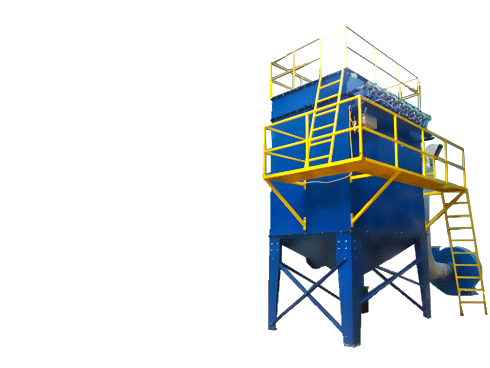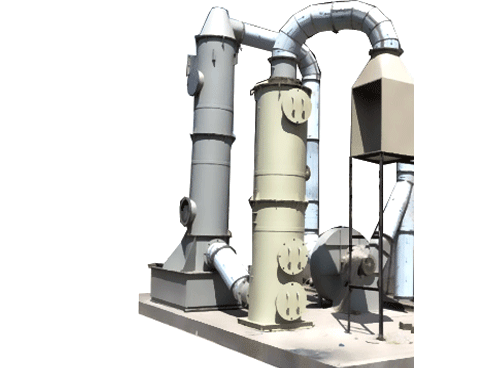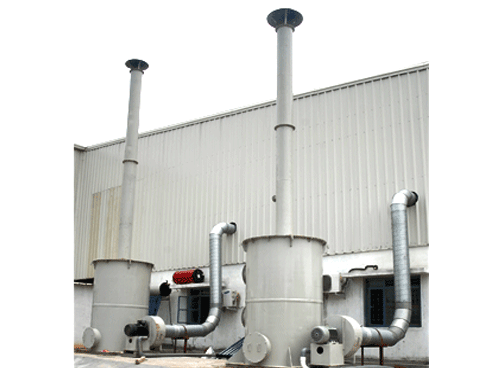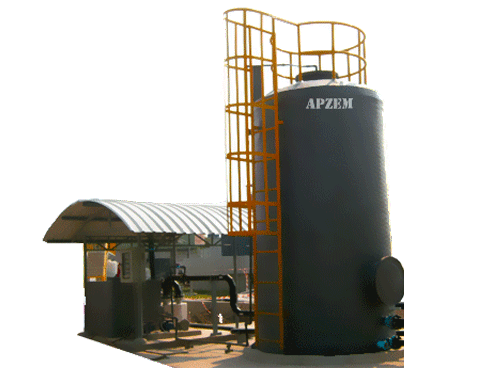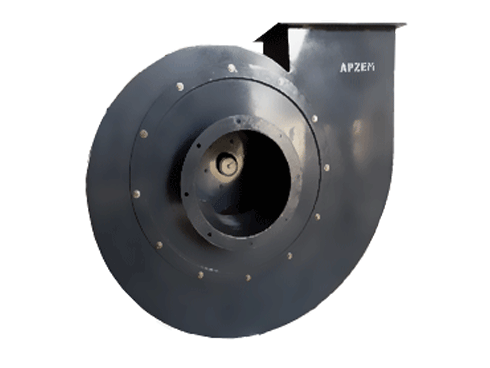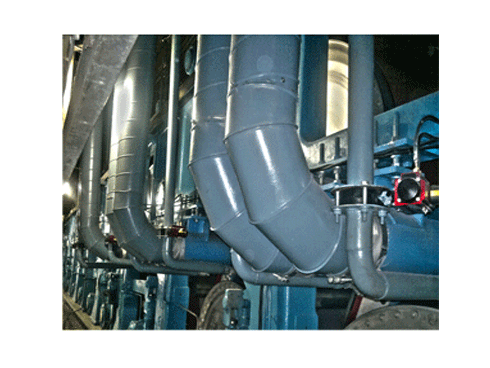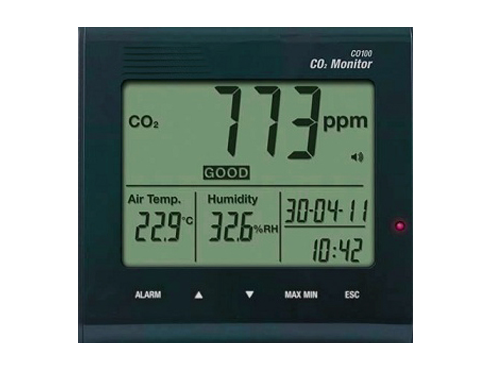Pollution emitted near equator has biggest impact on global ozone
Pollution emitted near equator has biggest impact on global ozone
China's emissions increased more than India's and Southeast Asia's from 1980 to 2010.But Southeast Asia and India, despite their lower growth in emissions during this period, appear to have contributed more to the total global ozone increase due to their proximity to the equator.
The reason is that ozone, a greenhouse gas and toxic air pollutant, is not emitted but forms when ultraviolet light hits nitrogen oxides (basically combustion exhaust from cars and other sources). When these pollutants interact with more intense sunlight and higher temperatures, the interplay speeds up the chemical reactions that form ozone. Higher temperatures near the equator also increase the vertical motion of air, transporting ozone-forming chemicals higher in the troposphere, where they can live longer and form more ozone.
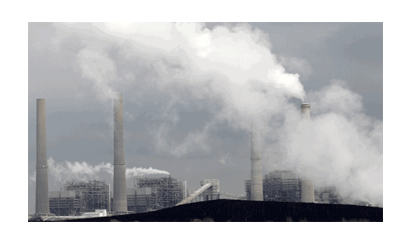
The team used a unique European data set of ozone observations from commercial aircraft to confirm the strong increases in ozone above Asia. Then they superimposed a map of how much pollution the world was emitting in 1980 onto where the world was emitting it in 2010, and vice versa, in addition to another scenario of the growth of methane gas, to determine what is driving the world's increase in ozone production.
The findings point to several strategies for reducing ground-level ozone across the world, such as decreasing emissions of ozone precursors in regions close to the equator, particularly those with the fastest growth of emissions. However, concerns exist for policy makers.
"A more challenging scenario is that even if there is a net reduction in global emissions, ozone levels may not decrease if emissions continue to shift toward the equator," said Cooper. "But continuing aircraft and satellite observations of ozone across the tropics can monitor the situation and model forecasts can guide decision making for controlling global ozone pollution."



